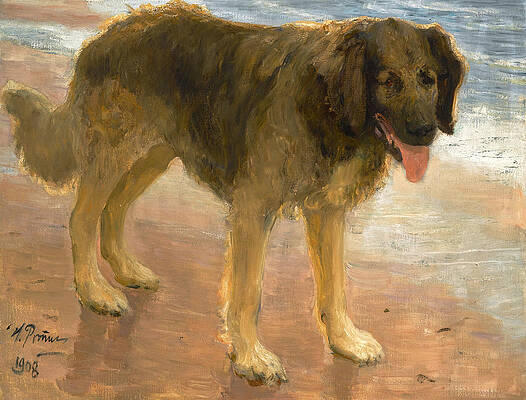Ilya Yefimovich Repin
Paintings
Barge haulers on the Volga
Sadko
Nord
Study for Job and his comforters
Krestny Khod in Kursk Gubernia
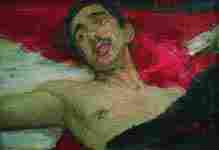

Gogol burning the manuscript of the second part of "Dead Souls"
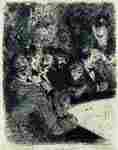
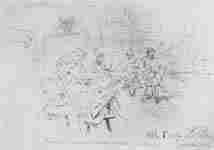
In Repins studio. Drawing evening

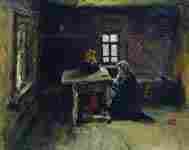
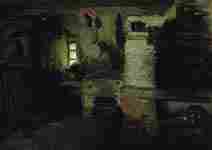
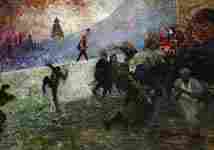
In the besieged Moscow in 1812

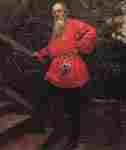
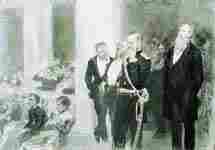
The Concert in the Assembly of Nobility

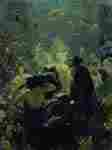
Sadko in the Underwater Kingdom

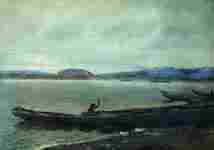
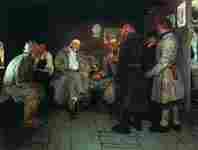
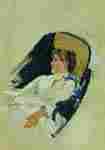
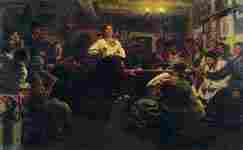
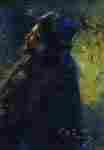


The Taking of Christ in custody
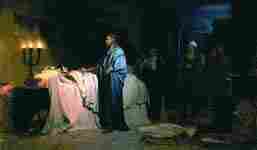
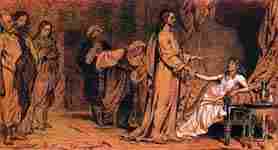
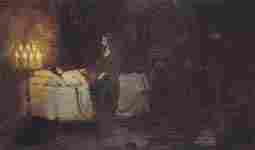
The raising of the daughter of Jairus
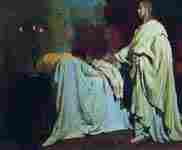

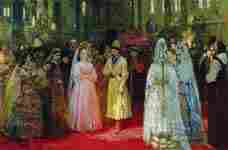
The choice of the royal (the Grand) bride
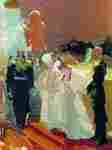


General in the form of royal guards. P.A. Cherevin


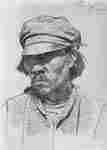
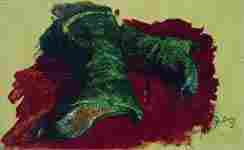
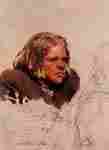


The sitter's head. The second half of the XIX century
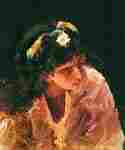


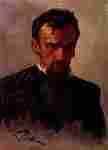
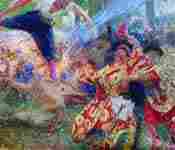
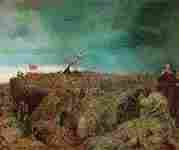


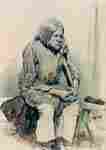
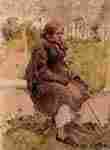
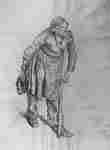







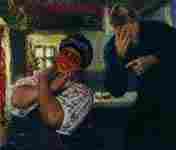
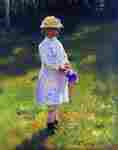
Girl with a bouquet (Vera Repina)
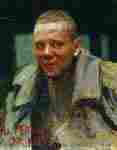

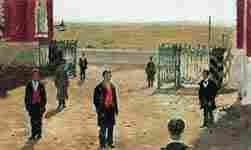
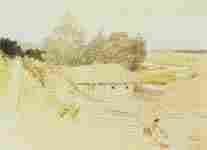
The Village of Mokhnachi near Chuguyev
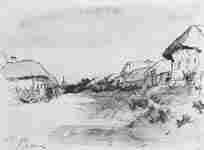
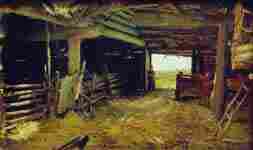
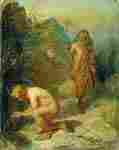
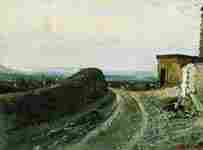
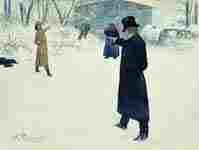
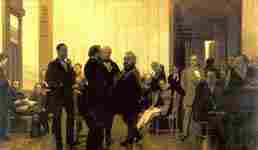
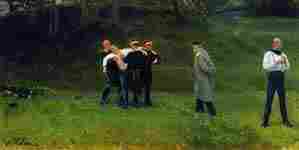
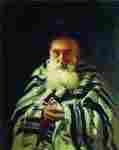

Even if all fall away, I will not

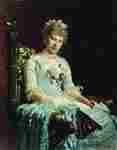
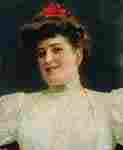
Portrait of a Woman (Olga Shoofs)

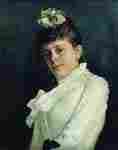


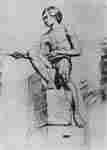

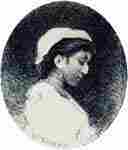
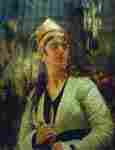

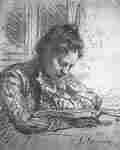

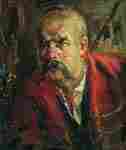
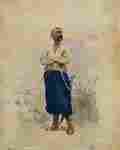

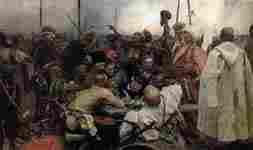
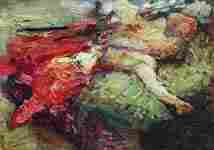
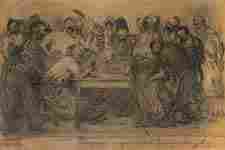


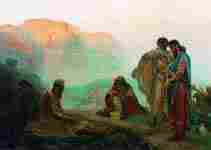

Ivan the Terrible and His Son Ivan on November 16, 1581
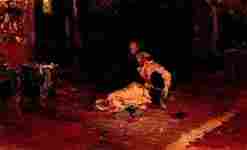
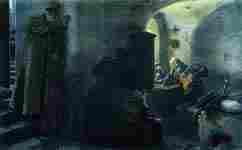
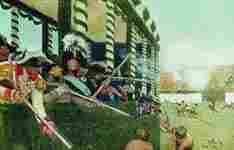

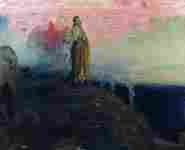

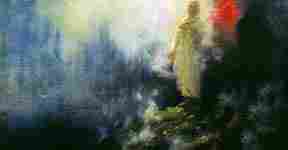
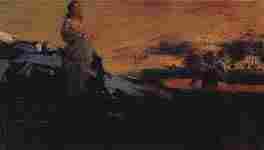
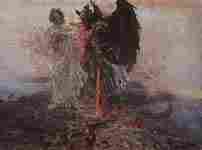
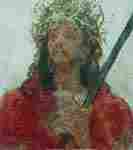

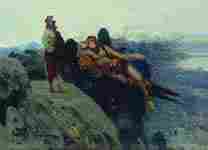
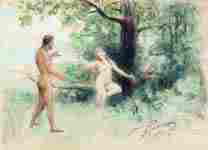
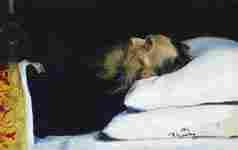
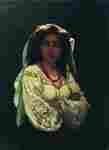

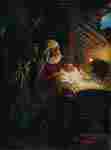

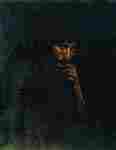
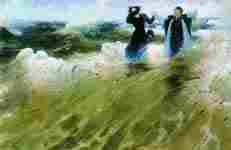
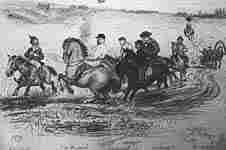
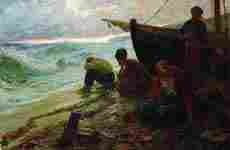
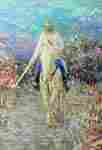
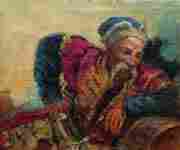
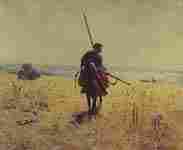
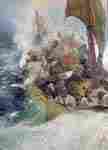
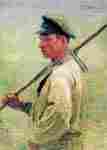
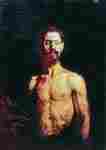

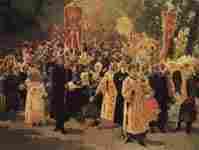
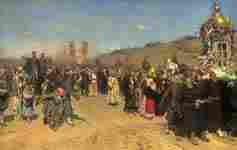
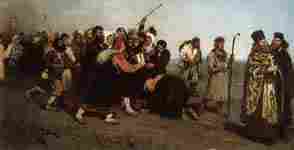
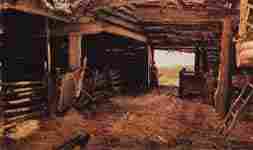
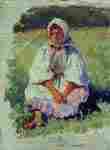
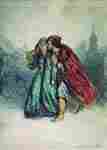



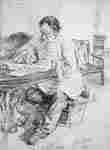
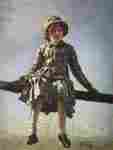
Dragonfly. Portrait of Vera Repina, the artist's daughter

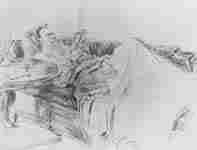

Summer landscape (Vera Alekseyevna Repina on a bridge in Abramtsevo)

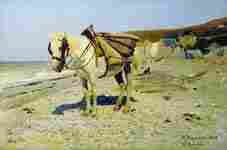
Horse for the stones collecting in the Vela
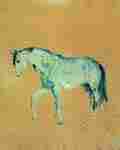

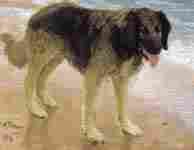
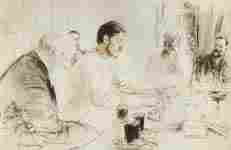
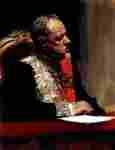

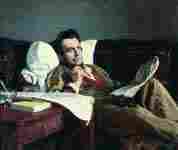
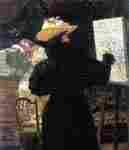
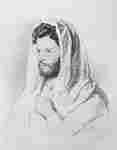
Portrait of sculptor Mark Matveevich Antokolski
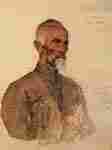
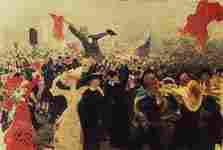
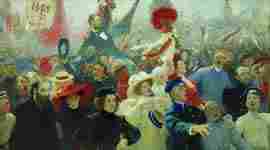
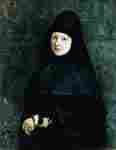
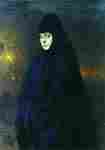


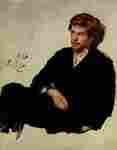
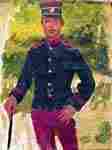

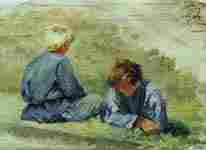
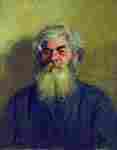



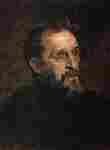
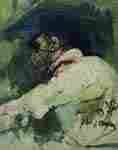

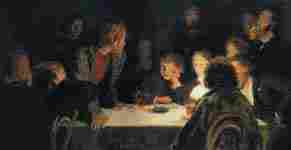
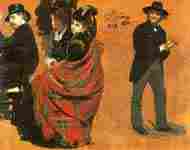
Man and woman at the table. The man pulls on the glove
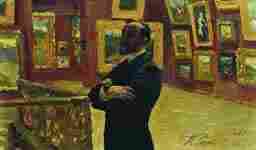
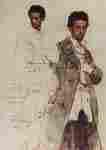
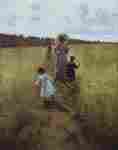
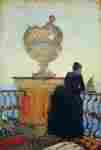
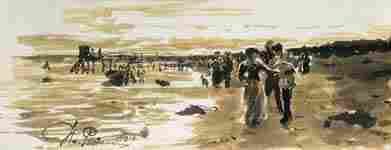
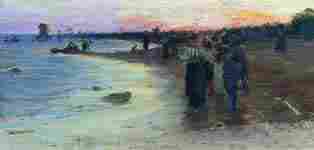
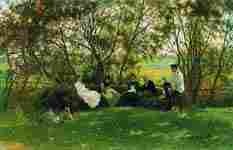
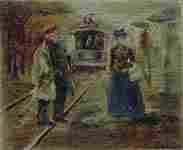
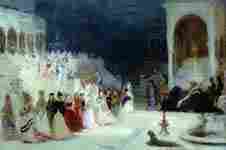
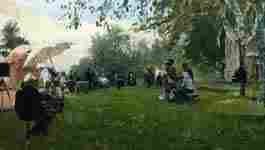
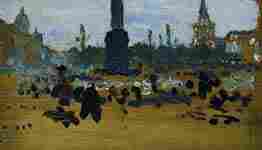

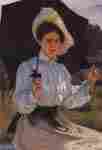
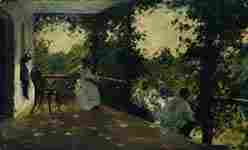
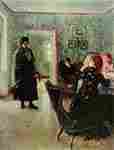
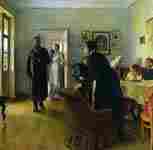
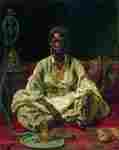
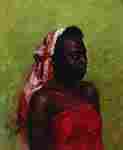
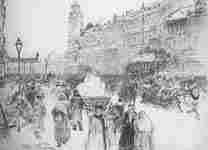
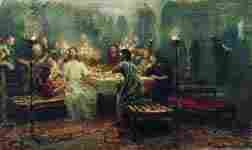
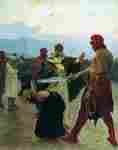
Nicholas of Myra eliminates the death of three innocent prisoners

St. Nicholas Saves Three Innocents from Death
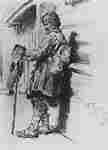
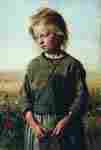


The model
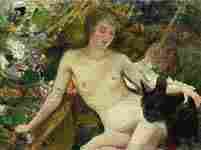
The model

Nude Model (from behind)


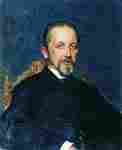
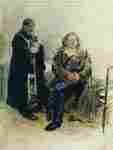

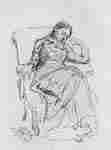

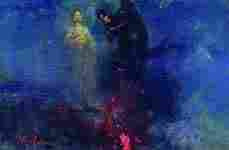

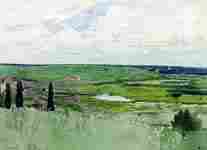
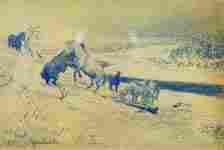
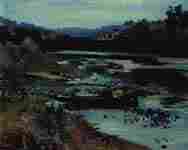
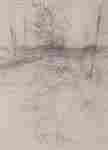
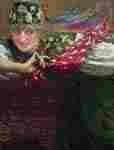
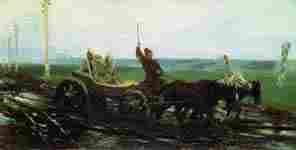

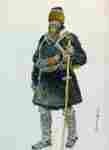
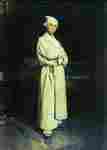

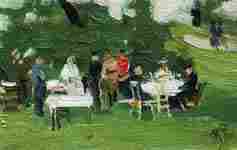
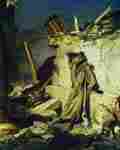
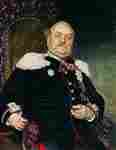
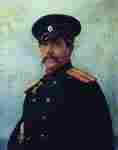
Portrait of a military engineer, Captain A. Shevtsov, brother of the artist's wife
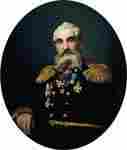

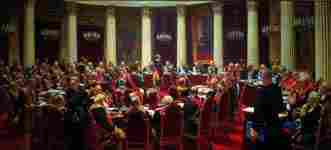
Ceremonial Sitting of the State Council on 7 May 1901 Marking the Centenary of its Foundation
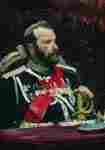
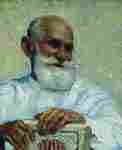

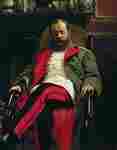

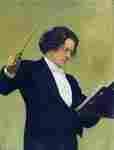

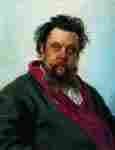

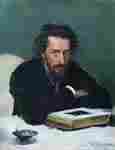
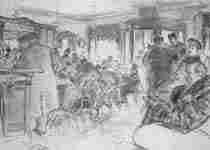

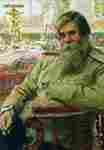




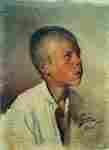




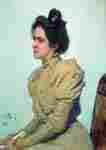

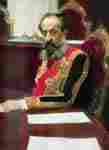

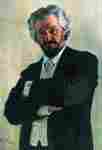
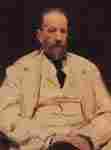

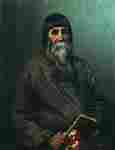
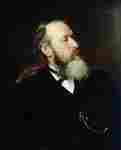
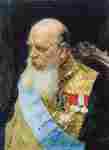
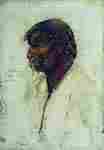
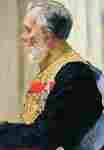
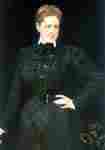

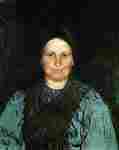
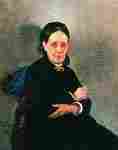
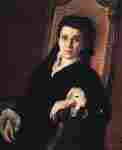



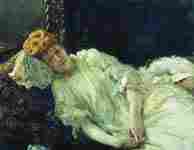

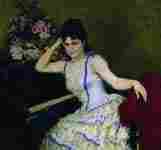

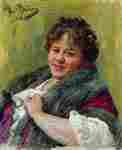
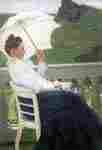
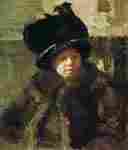
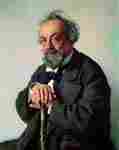
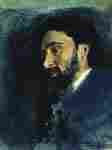
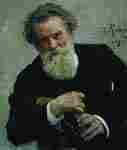
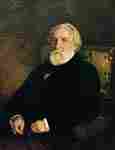

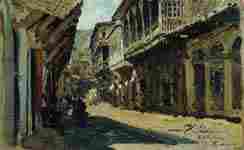

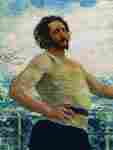


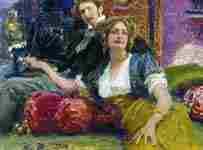
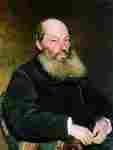
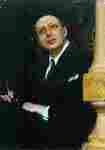

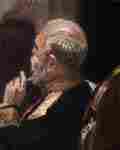
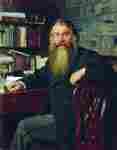
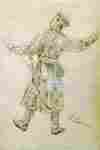
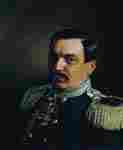
Portrait of Doctor Constantine Franzevich Yanitsky
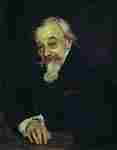
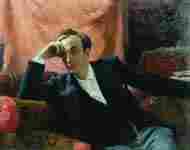
Portrait of actor and dramatist Grigory Grigorievich Ghe
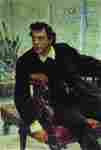
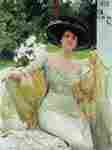
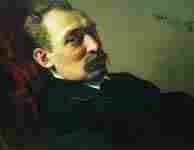
Portrait of the architect Philip Dmitrievich Hloboschin
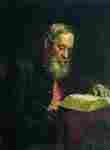
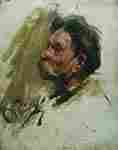
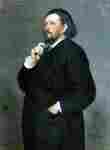
Portrait of music editor and patron Mitrofan Petrovich Belyayev
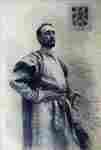

The Surgeon E. Pavlov in the Operating Theater
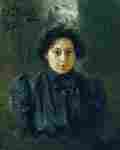
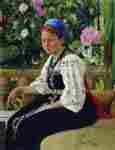
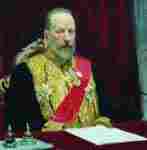
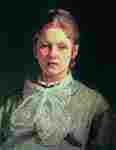
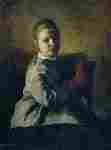
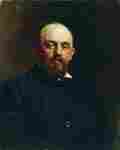
Portrait of railroad tycoon and patron of the arts Savva Ivanovich Mamontov.
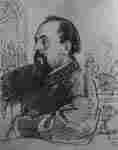
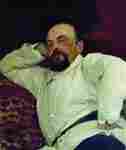
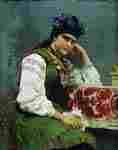
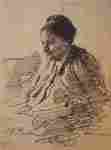
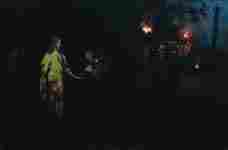
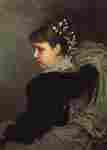

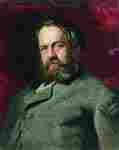
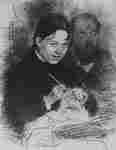

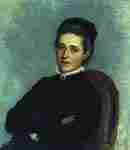
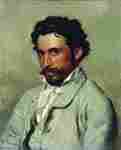

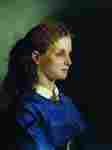
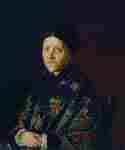
Portrait of A. Bocharova, artist's aunts


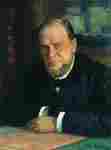

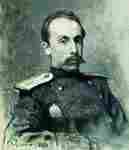
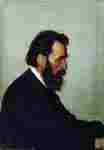
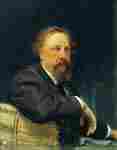
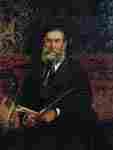
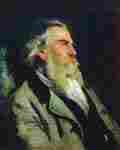



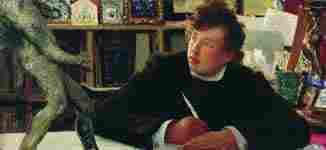
Portrait of Alesha Repin (Age of Pushkin)




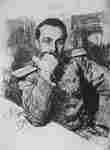
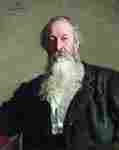
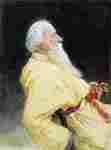
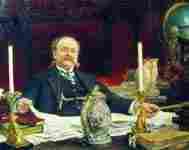


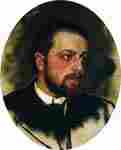
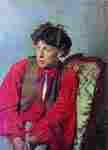
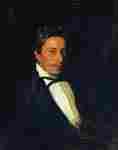
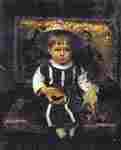



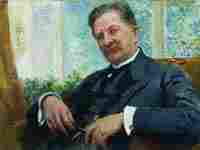
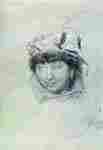

Portrait of Vladimir Sergeyevich Solovyov

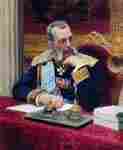
Portrait of Vladimir Alexandrovich

Portrait of Vladimir Vasilievich Stasov

Portrait of Wilhelm von Bitner
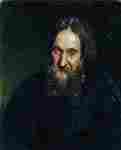
Portrait of Vasily Kirillovich Syutaev

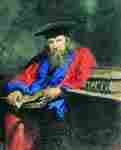
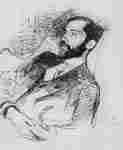
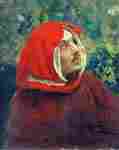
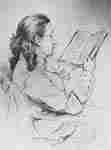
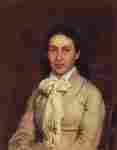

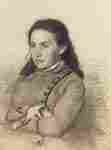
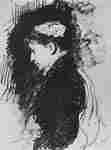
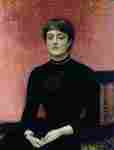

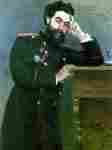
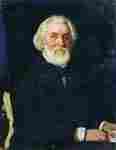
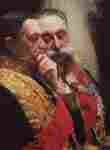
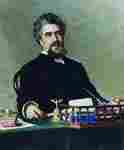
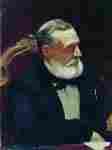
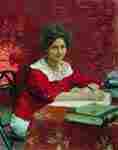
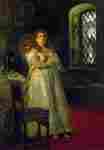
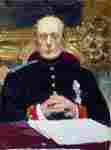
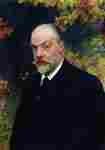

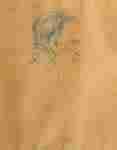


Portrait of writer Leonid Nikolayevich Andreyev

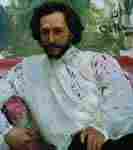



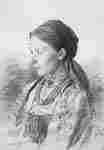
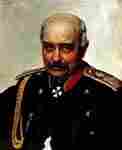
Portrait of general and statesman Mikhail Ivanovich Dragomirov
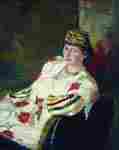
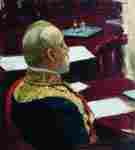
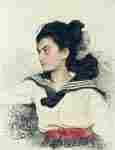

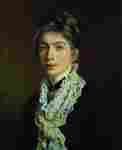
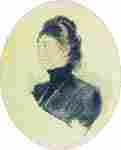

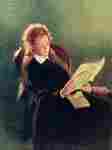
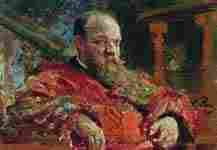



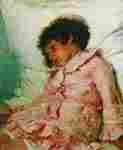
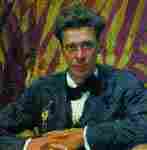



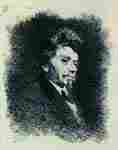
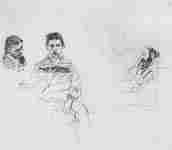

Portrait of Graf Pyotr Stolypin
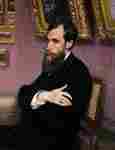
Portrait of Pavel Tretyakov, Founder of the Tretyakov Gallery
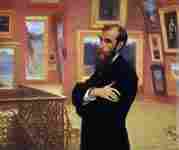

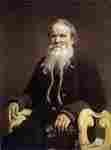
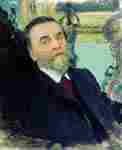
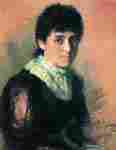

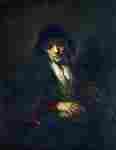
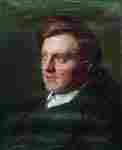
Portrait of Ivan Timofeevich Savenkov
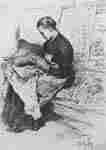
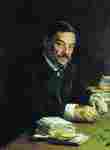
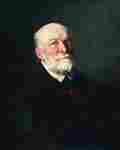
Portrait of the Surgeon Nikolai Ivanovich Pirogov
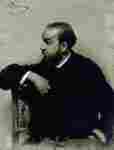
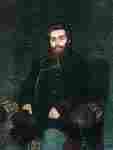
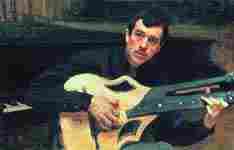
Portrait of the Artist V.S. Svarog


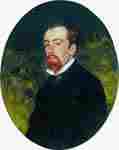
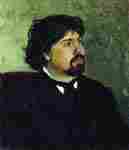
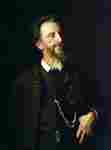
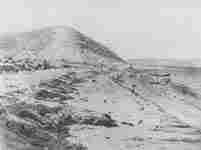

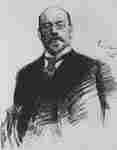
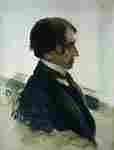
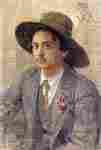
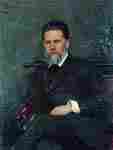

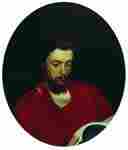
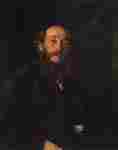

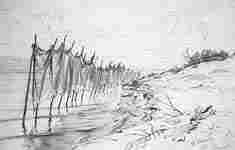
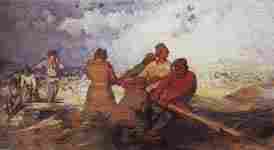
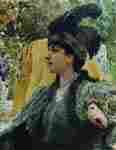
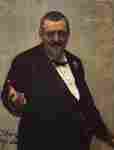
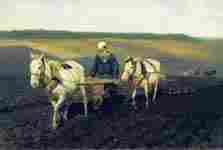
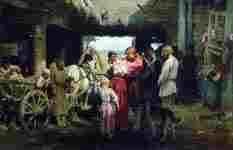
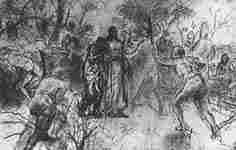

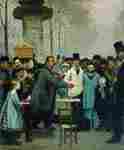
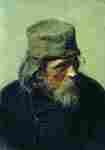
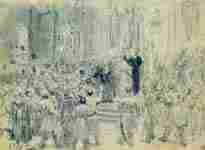
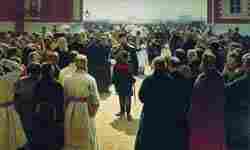
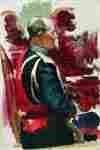
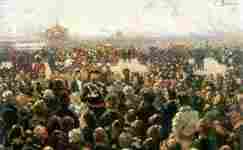
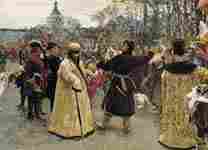

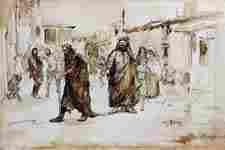
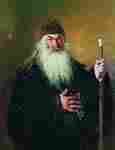

Study for the painting Ceremonial meeting of the State Council May 7, 1901

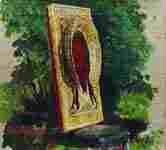
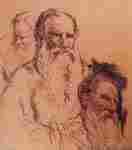
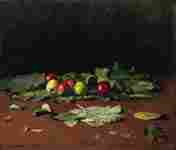

A. S Pushkin and Karl Bryullov
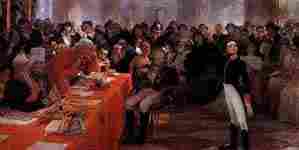
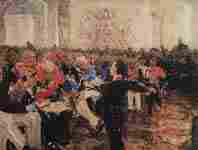
A. Pushkin on the act in the Lyceum on Jan. 8, 1815


A. Pushkin on the act in the Lyceum on Jan. 8, 1815

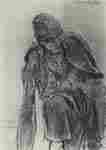
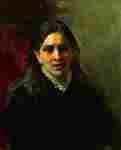
Portrait of actress Pelageya (Polina) Antipevna Strepetova.

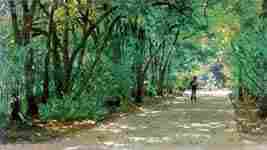
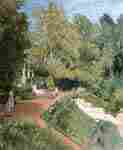
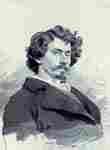
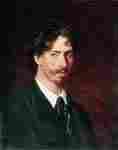
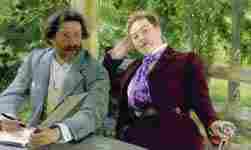
Double Portrait of Natalia Nordmann and Ilya-Repin
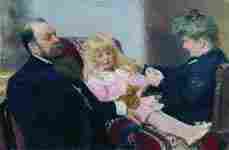
Portrait of the family Delarov
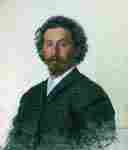

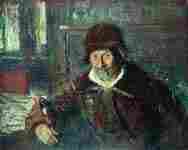

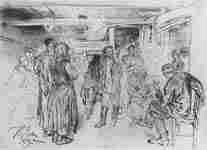
The arrest of the propagandist
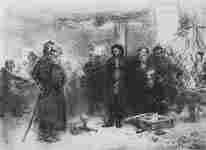
The arrest of the propagandist

Putting a Propagandist Under Arrest
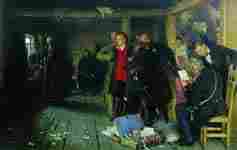


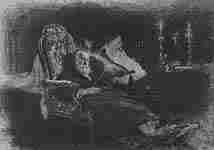

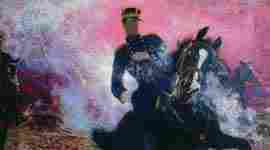
Belgian King Albert at the time of the explosion of the dam in 1914

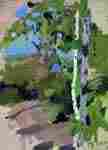
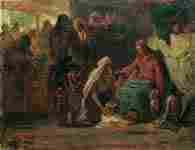

Blonde (Portrait of Olga Tevyasheva)


Boris Godunov with Ivan the Terrible

Young ladys walk among herd of cow
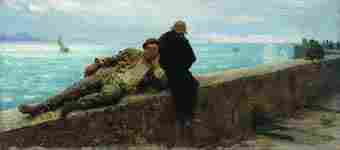
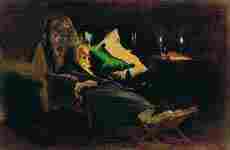


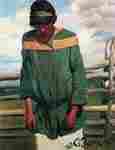
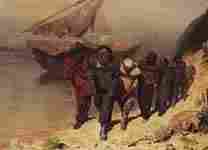
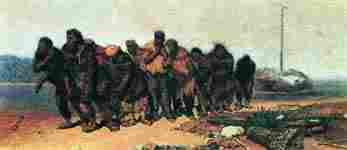

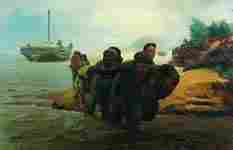
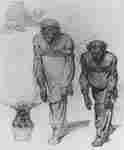
Barge Haulers Pulling on the Strap
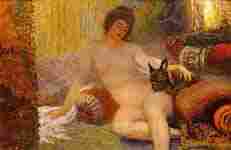
Portrait of Madame Alisa Rivoir with a Lapdog
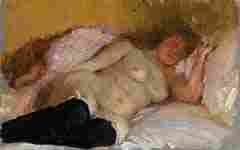
The Artist's Wife Natalia Nordman Sleeping
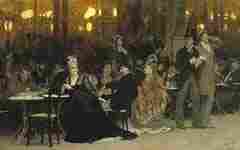
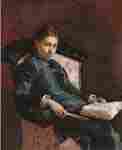
Portrait of the Artist's Wife , Vera Repin
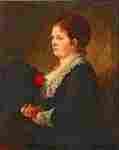

Fine Art Prints | Greeting Cards | Phone Cases | Lifestyle | Face Masks | Men's , Women' Apparel | Home Decor | jigsaw puzzles | Notebooks | Tapestries | ...
Ilya Yefimovich Repin (Russian: Илья Ефимович Репин,[a][b] pronounced [ˈrʲepʲɪn]; 5 August [O.S. 24 July] 1844 – 29 September 1930) was a Ukrainian-born Russian painter.[1][3][4][5][c] He became one of the most renowned artists in Russia in the 19th century. His major works include Barge Haulers on the Volga (1873), Religious Procession in Kursk Province (1880–1883), Ivan the Terrible and His Son Ivan (1885); and Reply of the Zaporozhian Cossacks (1880–1891). He is also known for the revealing portraits he made of the leading literary and artistic figures of his time, including Mikhail Glinka, Modest Mussorgsky, Pavel Tretyakov, Pantaleon Szyndler, and especially Leo Tolstoy, with whom he had a long friendship.
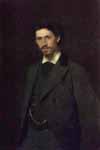
Portrait of the Artist Ilya Repin, Ivan Nikolayevich Kramskoy
Repin was born in Chuguyev, in the Kharkov Governorate (now Ukraine) of the Russian Empire into a military family. He entered military school in 1854 and in 1856 studied under Ivan Bunakov, a local icon painter. He began to paint around 1860. He met fellow artist Ivan Kramskoi and the critic Vladimir Stasov during the 1860s, and his wife, Vera Shevtsova in 1872 (they remained married for ten years). In 1874–1876 he showed at the Salon in Paris and at the exhibitions of the Itinerants' Society in Saint Petersburg. He was awarded the title of academician in 1876.
In 1880 Repin traveled to Zaporozhye in Ukraine to gather material for the 1891 Reply of the Zaporozhian Cossacks. His Religious Procession in Kursk Province was exhibited in 1883, and Ivan the Terrible and His Son Ivan in 1885. In 1892 he published the Letters on Art collection of essays. He taught at the Higher Art School attached to the Academy of Arts from 1894. In 1898 he purchased an estate, the Penates, in Kuokkala, Finland (now Repino).
In 1901 he was awarded the Legion of Honour. In 1911 he traveled with his common-law wife Natalia Nordman to the World Exhibition in Italy, where his painting 17 October 1905 and his portraits were displayed in their own separate room. In 1916 Repin worked on his book of reminiscences, Far and Near, with the assistance of Korney Chukovsky. He welcomed the Russian Revolution of 1917. Celebrations were held in 1924 in Kuokkala to mark Repin's 80th birthday, followed by an exhibition of his works in Moscow. In 1925 a jubilee exhibition of his works was held in the Russian Museum in Leningrad. Repin died in 1930 and was buried at the Penates.
Repin was born in Chuguyev, in the Kharkov Governorate (now Ukraine) of the Russian Empire into a military family. He entered military school in 1854 and in 1856 studied under Ivan Bunakov, a local icon painter. He began to paint around 1860. He met fellow artist Ivan Kramskoi and the critic Vladimir Stasov during the 1860s, and his wife, Vera Shevtsova in 1872 (they remained married for ten years). In 1874–1876 he showed at the Salon in Paris and at the exhibitions of the Itinerants' Society in Saint Petersburg. He was awarded the title of academician in 1876.
In 1880 Repin traveled to Zaporozhia in Ukraine to gather material for the 1891 Reply of the Zaporozhian Cossacks. His Religious Procession in Kursk Province was exhibited in 1883, and Ivan the Terrible and His Son Ivan in 1885. In 1892 he published the Letters on Art collection of essays. He taught at the Higher Art School attached to the Academy of Arts from 1894. In 1898 he purchased an estate, the Penates, in Kuokkala, Finland (now Repino, Saint Petersburg).
In 1901 he was awarded the Legion of Honour. In 1911 he traveled with his common-law wife Natalia Nordman to the World Exhibition in Italy, where his painting 17 October 1905 and his portraits were displayed in their own separate room. In 1916 Repin worked on his book of reminiscences, Far and Near, with the assistance of Korney Chukovsky. He welcomed the Russian Revolution of 1917. Celebrations were held in 1924 in Kuokkala to mark Repin's 80th birthday, followed by an exhibition of his works in Moscow. In 1925 a jubilee exhibition of his works was held in the Russian Museum in Leningrad. Repin died in 1930 and was buried at the Penates.
Biography
Early life
Barge Haulers on the Volga, (1870–73)
Repin was born in the town of Chuguyev, in the Kharkov Governorate of the Russian Empire, in the heart of the historical region of the Sloboda Ukraine.[2] His father Yefim Vasilyevich Repin was a private in the Uhlan Regiment of the Imperial Russian Army. As a boy Ilya was educated at the local school where his mother taught.[3] From 1854 he attended a military school. He did not have fond recollections of his childhood, mainly due to the military settlements his family lived in.[4]
In 1856 he became a student of Ivan Bunakov, a local icon painter. In 1859–1863 he painted icons and wall-paintings by commission for the Society for the Encouragement of Artists. In 1864 he began attending the Imperial Academy of Arts, and met the painter Ivan Kramskoi.[3] In 1869 he was awarded a small gold medal for his painting Job and His Friends. He also met the critic Vladimir Stasov and painted a portrait of Vera Shevtsova, his future wife.[5]
Repin traveled to the Volga River in 1870 to sketch landscapes and studies of barge haulers (Repin House and the Repin Museum on the Volga commemorate this sojourn). The following year he was awarded a large gold medal for his painting The Raising of Jairus' Daughter. He married Vera Shevtsova in 1872 and met Pavel Tretyakov, who purchased some of Repin's first works. Repin's first daughter, Vera, was born the same year. During this time, he worked on the painting Barge Haulers on the Volga, commissioned by Grand Duke Vladimir Alexandrovich. The painting was completed in 1873.[5]
In an 1872 letter to Stasov, Repin wrote: "Now it is the peasant who is the judge and so it is necessary to represent his interests. (That is just the thing for me, since I am myself, as you know, a peasant, the son of a retired soldier who served twenty-seven hard years in Nicholas I's army.)"[6] In 1873 Repin traveled to Italy and France with his family. His second daughter, Nadezhda, was born in 1874.[7]
Career
Religious Procession in Kursk Province (1880–83)
1870s–1880s
In 1874–1876 he contributed to the Salon in Paris and to the exhibitions of the Itinerants' Society in Saint Petersburg.[8] While in France he became familiar with the impressionists and the debate over a new direction in art.[9] Though he admired some impressionist techniques, especially their depictions of light and color, he felt their work lacked moral or social purpose, key factors in his own art.[2]
Repin earned the title of academician in 1876 for his painting Sadko in the Underwater Kingdom. His son Yury was born the following year. He moved to Moscow that year, and produced a wide variety of works including portraits of Arkhip Kuindzhi and Ivan Shishkin. In 1878 he befriended Leo Tolstoy and the painter Vasily Surikov. His third daughter, Tatyana, was born in 1880.[8] He frequented the art circle of Savva Mamontov, which gathered at Abramtsevo, his estate near Moscow. Here Repin met many of the leading painters of the day, including Vasily Polenov, Valentin Serov, and Mikhail Vrubel.[10] In 1882 he and Vera divorced; they maintained a friendly relationship afterwards.[11]
Ivan the Terrible and His Son Ivan (1885)
Repin's contemporaries often commented on his special ability of capturing peasant life in his works. In an 1876 letter to Stasov, Kramskoi wrote: "Repin is capable of depicting the Russian peasant exactly as he is. I know many artists who have painted peasants, some of them very well, but none of them ever came close to what Repin does."[12] Leo Tolstoy later stated that Repin "depicts the life of the people much better than any other Russian artist."[2] He was praised for his ability to reproduce human life with powerful and vivid force.[12]
In 1880 he traveled to Zaporozhia in Ukraine to gather material for the painting Reply of the Zaporozhian Cossacks. In 1883 he traveled around Western Europe with Vladimir Stasov. Repin's painting Religious Procession in Kursk Province was shown at the eleventh Itinerants' Society Exhibition. In 1885 his painting Ivan the Terrible and His Son was shown at the 12th Itinerants' Society Exhibition. In 1886 he traveled to the Crimea with Arkhip Kuinji, and produced drawings and sketches on Biblical subjects.
Self-portrait, (1887)
In 1887 he visited Austria, Italy and Germany, and retired from the board of the Itinerants' Society. He painted two portraits of Leo Tolstoy at Yasnaya Polyana that year and made preparations for his painting Leo Tolstoy Ploughing, and painted Alexander Pushkin on the Shore of the Black Sea (in collaboration with Ivan Aivazovsky).[13] In 1888 he traveled to Southern Russia and the Caucasus, where he did sketches and studies of descendants of the Zaporozhian Cossacks. In 1889 he traveled to Paris to see the World Exhibition and then visited London, Zurich, and Munich with Stasov.[14]
Most of Repin's finest portraits were produced in the 1880s. Through the presentation of real faces, these portraits express the rich, tragical, and hopeful spirit of the period. His portraits of Aleksey Pisemsky (1880), Modest Mussorgsky (1881), and others created throughout the decade have become familiar to whole generations of Russians. Each is completely lifelike, conveying the transient, changeable nature of the sitter's state of mind. They give an intense embodiment of both the physical and spiritual life of the people who sat for him.[15]
1890s
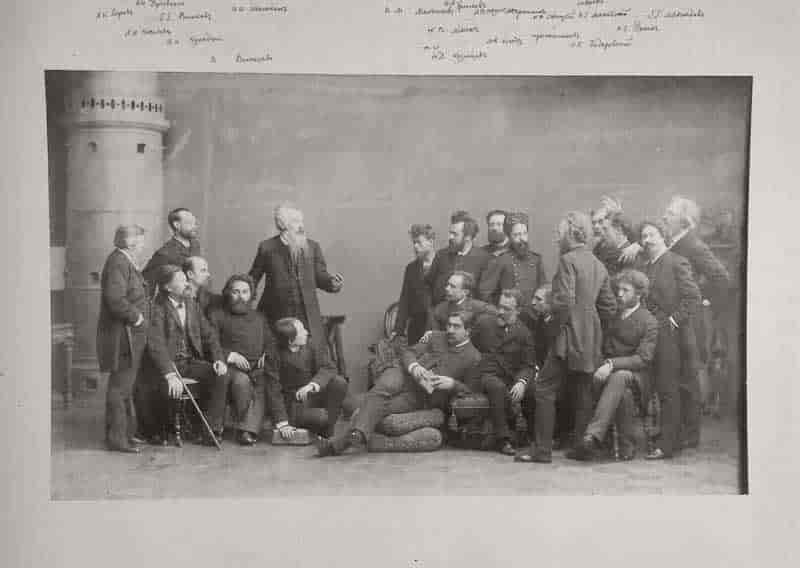
Group of Russian painters. St. Petersburg. Andrei I. Denier, 1888. Among others: Ivan Ivanovich Shishkin, Ilya Yefimovich Repin, Archip Ivanovic Kuindzi, Nikolay Nikanorovich Dubovskoy, AA Kiselev, E.E. Volkov, A.K. Begrov, Viktor Vasnetsov , Nikolai Dmitriyevich Kuznetsov , V.N. Maksimov. MA Bryulov, L.V. Pozen, MA Mrosenko, N.A. Savickij, V.E. Mamovsky and N.K. Bodarevsky.
Reply of the Zaporozhian Cossacks (1891)
In 1890 he was given a government commission to work on the creation of a new statute for the Academy of Arts. In 1891 he resigned from the Itinerants' Society in protest against a new statute that restricted the rights of young artists. An exhibition of works by Repin and Shishkin was held in the Academy of Arts, including Reply of the Zaporozhian Cossacks. In 1892 he held a one-man exhibition at the History Museum in Moscow. In 1893 he visited academic art schools in Warsaw, Kraków, Munich, Vienna, and Paris to observe and study teaching methods. He spent the winter in Italy and published his essays Letters on Art.[16]
In 1894 he began teaching a class at the Higher Art School attached to the Academy of Arts, a position he held, off and on, until 1907.[17] In 1895 he painted portraits of Emperor Nicholas II, and Princess Maria Tenisheva. In 1896 he attended the All-Russian Exhibition in Nizhni Novgorod. His paintings were exhibited in Saint Petersburg, at the Exhibition of Works of Creative Art. His paintings from this year included The Duel and Don Juan and Dona Anna. In 1897 he rejoined the Itinerants' Society, and was appointed rector of the Higher Artistic School for a year. In 1898 he traveled to the Holy Land, and painted the icon Carrying the Cross for the Russian Orthodox Alexander Nevsky Cathedral in Jerusalem. After returning to Russia, he attended Pavel Tretyakov's funeral. In 1899 he joined the editorial board of the magazine World of Art, but soon quit. He purchased an estate, the Penates, in Kuokkala.[16] The Penates became an important artistic and literary gathering place in the early 20th century.[17]
1900–1915
Self-portrait with Natalia Nordman (1903)
In 1900 he took his common-law wife Natalia Nordman to the World Exhibition in Paris, where he served as a painting judge. He visited Munich, the Tyrol, and Prague, and painted Natalia Nordman in a Tyrolese Hat and In the Sunlight: Portrait of Nadezhda Repina. In 1901 he was awarded the Legion of Honor. His painting Get Thee Behind Me, Satan! was shown at the 29th Itinerants' Society Exhibition. In 1902–1903 his works included the paintings Ceremonial Meeting of the State Council and What a Freedom!, over forty portrait studies, and portraits of Sergei Witte and Vyacheslav von Plehve).[18] Ceremonial Meeting of the State Council was the most demanding work commissioned by Repin, requiring numerous studies of the 100 councilors depicted, and the help of two of Repin's pupils.[19]
In 1904 he gave a speech at a memorial gathering for the artist Vasily Vereshchagin. He painted a portrait of the writer Leonid Andreyev and his work The Death of the Cossack Squadron Commander Zinovyev. He made sketches depicting government troops opening fire on a peaceful demonstration on 9 December 1905.[18] During 1905 Repin participated in many protests against bloodshed and Tsarist repressions, and tried to convey his impressions of these emotionally and politically charged events in his paintings.[20]
17 October 1905 (1906–1911)
He also did sketches for portraits of Maxim Gorky and Vladimir Stasov and two portraits of Natalia Nordman. In 1907 he resigned from the Academy of Arts, visited Chuguyev and the Crimea, and wrote reminiscences of Vladimir Stasov. In 1908 he publicly denounced capital punishment in Russia. He illustrated Leonid Andreyev's story The Seven Who Were Hanged, and his painting The Cossacks from the Black Sea Coast was exhibited at the Itinerants' Society Exhibition. In 1909 he painted Gogol Burning the Manuscript of the Second Part of Dead Souls, and in 1910, portraits of Pyotr Stolypin, and the children's writer and poet Korney Chukovsky.[18]
In 1911 he traveled with Natalia Nordman to the World Exhibition in Italy, where his painting 17 October 1905 and his portraits were displayed in their own separate room. He wrote his reminiscences of Leo Tolstoy, gave a speech on artistic education, and painted Alexander Pushkin at the Lyceum Speech-Day, 8 January 1815. In 1912 He produced paintings related to the centenary of Napoleon's invasion of Russia. In 1913 he worked on restoring his painting Ivan the Terrible and His Son. In 1914 Natalia Nordman died in Locarno, and Repin attended her funeral there, afterwards going to Italy, before returning home to the Penates.[21]
Later life
The Penates, the Repin House-Museum in Kuokkala, now Repino.
In 1916 Repin worked on his book of reminiscences, Far and Near, with the assistance of Korney Chukovsky. He welcomed the Russian Revolution of 1917. He painted a portrait of Alexander Kerensky, and The Slaves of Imperialism (a new version of the painting Barge Haulers on the Volga). In 1918 the frontier between Russia and Finland was closed, meaning Repin's estate was in Finland. In 1919 he donated his collection of works by Russian artists and his own works to the Finnish National Gallery in Helsinki, and in 1920 honorary celebrations of Repin were held by artistic circles in Finland. In 1921–1922 he painted The Ascent of Elijah the Prophet and Christ and Mary Magdalene (The Morning of the Resurrection).[22]
In 1923 Repin held a one-man exhibition in Prague. Celebrations were given in 1924 in Kuokkala to mark Repin's 80th birthday, and an exhibition of his works was held in Moscow. In 1925 a jubilee exhibition of his works was held in the Russian Museum in Leningrad, and his painting Calvary was shown in Oslo. In 1926 he declined an offer to move to Leningrad but donated three sketches devoted to the Revolution of 1905 and the portrait of Alexander Kerensky to the Museum of the Revolution of 1905 in that city. In 1928–29 he continued working on the painting The Hopak Dance (The Zaporozhye Cossacks Dancing), begun in 1926. Repin died in 1930, and was buried at the Penates.[23] His work was held up as an example to Soviet painters after his death. After Kuokkala became a part of the Soviet Union in 1948, it was renamed Repino in his honor. The Penates also became a museum in 1940.[2]
Artistic work
Creativity
Photograph of Repin by Rentz and Schrader, 1900
Repin persistently searched for new techniques and content to give his work more fullness and depth.[24]
Repin had favorite subjects, and a limited circle of people whose portraits he painted. But he had a deep sense of purpose in his aesthetics, and had the great artistic gift to sense the spirit of the age and its reflection in the lives and characters of individuals.[25] Repin's search for truth and for an ideal led him various directions artistically, influenced by aspects of hidden social and spiritual experiences and national culture. Like most Russian realists of his times, Repin often based his works on dramatic conflicts rooted in reality, drawn from contemporary life or history. He also used mythological images with a strong sense of purpose. Some of his religious paintings are among his greatest.[4]
His method was the reverse of impressionism. He produced works slowly and carefully. They were the result of close and detailed study. With some of his paintings, he made one hundred or more preliminary sketches. He was never satisfied with his works, and often painted multiple versions, years apart. He also changed and adjusted his methods constantly in order to obtain more effective arrangement and grouping and coloristic power.[26] Repin's style of portraiture was unique, but owed something to the influence of Eduard Manet and Diego Velázquez.[19]
Legacy
He was the first Russian artist to achieve European fame using specifically Russian themes.[2] His 1873 painting Barge Haulers on the Volga, radically different from previous Russian paintings, made him the leader of a new movement of critical realism in Russian art.[27] He chose nature and character over academic formalism. The triumph of this work was widespread, and it was praised by contemporaries like Stasov and Fyodor Dostoyevsky. The painting shows his feeling of personal responsibility for the hard life of the common people and the destiny of Russia.[24] In the 1880s he produced many of his most famous works, and joined the Itinerants' Society.[28]
Notes
"Ilya Yefimovich Repin – Britannica Online Encyclopedia". Britannica.com. 1930-09-29. Retrieved 2013-07-23.
Chilvers 2004, p. 588.
Sternine & Kirillina 2011, p. 18.
Sternine & Kirillina 2011, p. 14.
Sternine & Kirillina 2011, p. 181.
Sternine & Kirillina 2011, pp. 14–15.
Sternine & Kirillina 2011, pp. 181–182.
Sternine & Kirillina 2011, pp. 182–183.
Sternine & Kirillina 2011, p. 22.
Sternine & Kirillina 2011, p. 25.
Sternine & Kirillina 2011, p. 130.
Sternine & Kirillina 2011, p. 35.
Sternine & Kirillina 2011, pp. 183–184.
Sternine & Kirillina 2011, p. 184.
Sternine & Kirillina 2011, p. 78.
Sternine & Kirillina 2011, pp. 185–186.
Bolton 2010, p. 115.
Sternine & Kirillina 2011, pp. 187–189.
Leek 2005, p. 63.
Sternine & Kirillina 2011, p. 121.
Sternine & Kirillina 2011, pp. 189–190.
Sternine & Kirillina 2011, pp. 190–191.
Sternine & Kirillina 2011, p. 191.
Sternine & Kirillina 2011, p. 21.
Sternine & Kirillina 2011, p. 13.
Sternine & Kirillina 2011, p. 30.
Bolton 2010, p. 114.
Sternine & Kirillina 2011, p. 27.
References
Sternine, Grigori; Kirillina, Elena (2011). Ilya Repin. Parkstone Press. ISBN 978-1-78042-733-1.
Chilvers, Ian (2004). The Oxford Dictionary of Art. Oxford University Press. ISBN 978-0-19-860476-1.
Leek, Peter (2005). Russian Painting. Parkstone Press. ISBN 978-1-85995-939-8.
Bolton, Roy (2010). Views of Russia & Russian Works on Paper. Sphinx Books. ISBN 978-1-907200-05-2.
Further reading
Parker, Fan; Stephen Jan Parker (1980). Russia on Canvas: Ilya Repin. Pennsylvania State University Press. ISBN 0-271-00252-2.
Sternin, Grigory (1985). Ilya Repin: Painting Graphic Arts. Leningrad: Auroras.
Valkenier, Elizabeth Kridl (1990). Ilya Repin and the World of Russian Art. New York: Columbia University Press. ISBN 0-231-06964-2.
Marcadé, Valentine (1990). Art d'Ukraine. Lausanne: L'Age d'Homme. ISBN 978-2-8251-0031-8.
Jackson, David, The Russian Vision: The Art of Ilya Repin (Schoten, Belgium, 2006?).
Karageorgevich, Prince Bojidar, "Professor Repin," in the Magazine of Art, xxiii. p. 783 (1899)
Prymak, Thomas M., "A Painter from Ukraine: Ilya Repin," Canadian Slavonic Papers, LV, 1–2 (2013), 19–43.
----
Fine Art Prints | Greeting Cards | Phone Cases | Lifestyle | Face Masks | Men's , Women' Apparel | Home Decor | jigsaw puzzles | Notebooks | Tapestries | ...
----
Artist
A - B - C - D - E - F - G - H - I - J - K - L - M -
N - O - P - Q - R - S - T - U - V - W - X - Y - Z
Retrieved from "http://en.wikipedia.org/"
All text is available under the terms of the GNU Free Documentation License




